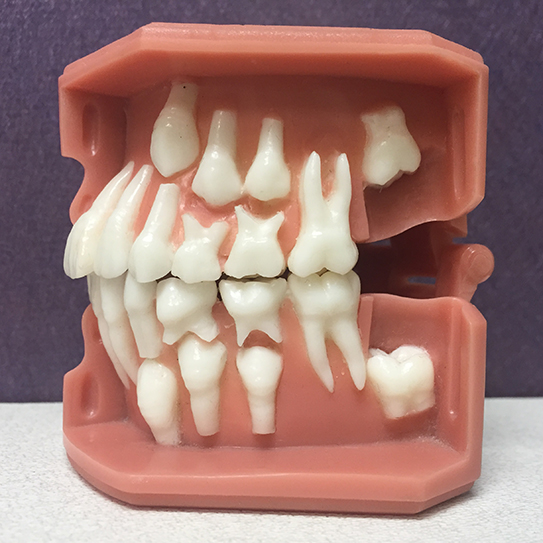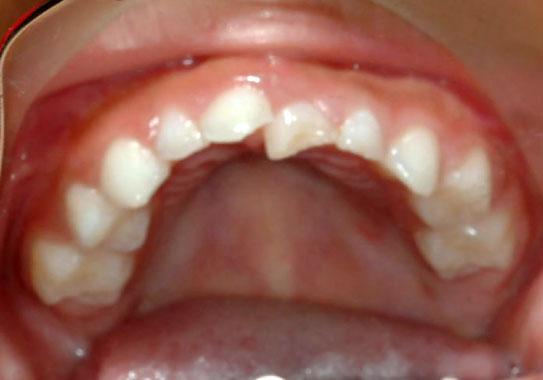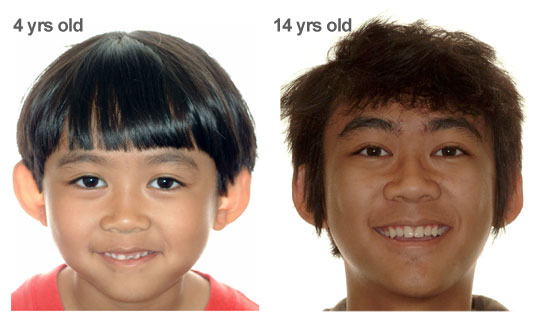
TOOTH DECAY IS THE #1 CHRONIC DISEASE IN CHILDREN. It’s estimated that 40% of children have some form of tooth decay before they even reach kindergarten. Alarming, isn’t it? But SO much of the problem is preventable through routine hygiene appointments.
Add Dental Checkups To Your Back-To-School Checklist
Don’t wait until there’s a problem—even if your child isn’t complaining about discomfort. Tooth pain doesn’t usually exist until decay reaches the tooth’s pulp. At that point, it’s probably advanced and may require more extensive treatment. Good preventive treatment happens BEFORE there’s pain.
Don’t Forget About Orthodontic Evaluations Too!
Loose baby teeth ready to fall out can also cause tooth and gum pain.
The first baby teeth to fall out are the lower central incisors. These teeth can become loose at kindergarten age. The last baby teeth to fall out are the lower primary second molars. These teeth usually fall out by sixth grade.
When baby teeth stay too long, they may have a root caught in the gum with a permanent tooth pushing up underneath it. These teeth wiggle back and forth and may not be possible for your child to remove on their own. This can be uncomfortable and also cause the permanent teeth to be pushed out of place, making permanent teeth crooked.
Painful and harmful loose baby teeth are one of the reasons the American Association of Orthodontists recommends that every child receive an orthodontic evaluation by age 7. Your orthodontist can evaluate baby teeth loss to make sure that your child will be pain free. To find an orthodontist in your community, visit www.mylifemysmile.org.
At Gorczyca Orthodontics, We Love Working With Kids
At Gorczyca Orthodontics in Antioch, California we see children for a complimentary orthodontic examination as early as age 4. If tooth decay is visible, we will refer your child to a pediatric dentist or back to your family dentist for treatment.
Dr. Ann Marie Gorczyca has been a licensed dentist since 1988. She completed her university based orthodontic residency program to become an orthodontic specialist in 1990. She is a Board Certified orthodontist and a Diplomate of the American Board of Orthodontics.
In 2015, Dr. Gorczyca celebrates 25 years of being an orthodontist and working with children. She has now treated over 10,000 patients! To have your child seen by Dr. Gorczyca, call us at (925) 757-9000 or visit us at www.clubbraces.com to schedule a complimentary exam.
How Do We Protect Your Child’s Smile?
It is important to be free of tooth decay prior to getting braces. Gorczyca Orthodontics also uses Opalseal, an additional bonding resin to protect teeth from decay during orthodontic treatment. While in braces, it is important to still have cleanings twice per year with your regular dentist. Dr. Gorczyca removes wires for dental cleanings to ensure that all parts of teeth can be cleaned well and that excellent oral hygiene can be maintained during orthodontic treatment.
Patients receive a hygiene evaluation at every appointment at Gorczyca Orthodontics. Wires will be removed and an extra cleaning and hygiene instruction scheduled with your hygienist if necessary. If hygiene is excellent at your orthodontic appointment, you will recieve a reward token to collect to win a prize.
Our goal is to have your child decay free, pain free, with the most beautiful smile possible.
Help Set Your Child’s Great Oral Health Habits Now!
When you take an active role in your child’s oral health, you do a lot more than care for his or her teeth. You help your child develop habits that will positively shape overall health for life... Habits that will likely be passed down to your posterity as well.
Have a great school year!















